
漢德百科全書 | 汉德百科全书
 Traditional medicine
Traditional medicine
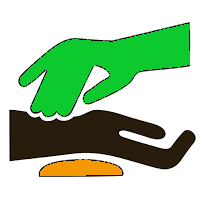
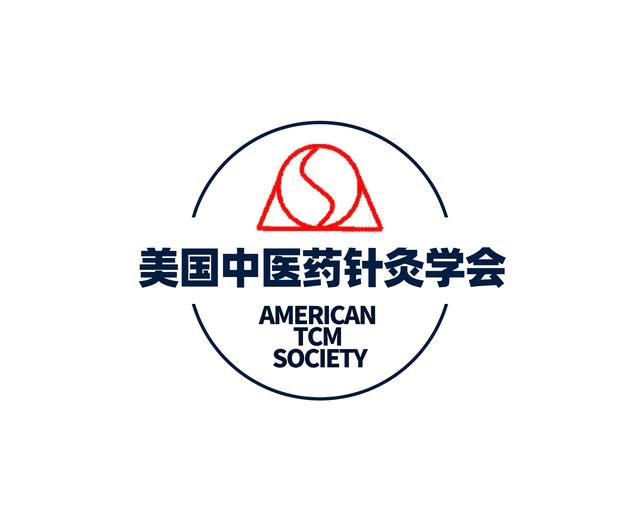

Traditional Mongolian medicine developed over many years among the Mongolian people. Mongolian medical practice spread across their empire and became an ingrained part of many other people's medical systems.
The Mongols were part of a wider network of Eurasian people who had developed a medical system of their own, including the Chinese, Korean, Tibetan, Indian, Uighur, Islamic, and Nestorian Christians. They took the medical knowledge of these people, adapted it to develop their own medical system and at the same time organized an exchange of knowledge between the different people in their empire. On their journeys throughout Asia, the Mongols brought with them a team of doctors. Usually foreign, these doctors themselves had brought medical knowledge from other people in Asia to the Mongol court. They serve three purposes on the journeys on which the accompanied Mongol princes. Their first purpose was to be the personal physicians of the princes in case they required medical attention. The second was to observe and obtain any new medical knowledge from the various groups of people that they encounter. Finally, they were to also spread the medical knowledge that the Mongols had put together to the peoples they encountered. The Mongols were also able to contribute new or more advanced knowledge on topics such as bone setting and treatments of war wounds because of their nomadic lifestyle. The Mongols were the first people to establish a link between diet and health.[citation needed]
Traditional Mongolian doctors were known as shaman, or holy men. They relied on magic and spiritual powers to cure illness. They were called on to determine whether the illness was caused by natural means or because of malicious wishes. Though they were often used as healers, their main strength was in prophecy readings. Foreign physicians who used herbs to treat illness were distinguished from the shamans by their name, otochi, which meant herb user or physician. It was borrowed from the Uighur word for physician, which was otachi.[1] When Mongolian medicine began to transition to using herbs and other drugs and had the service of foreign doctors, the importance of shamans as medical healers began to decline.
Hu Sihui (1314–1330) was a Mongol court therapist and dietitian during Mongol Yuan Dynasty reign in China. He is known for his book Yinshan Zhengyao (Important Principles of Food and Drink), that became a classic in Chinese medicine and Chinese cuisine.[2] He was the first to empirically discover and clearly describe deficiency diseases.
蒙古族传统医学,简称蒙医学,是流传在蒙古地方的一种传统医学,是蒙古民族医药学理论和治疗方法所形成的民族医学。真实的起源以不可考,但相信其针灸、草药、推拿等方式是汉朝以前与匈奴之间所交流下来的产物,结合蒙古人生活在高寒地区,多户外活动,多肉食的特点,发展了自己独特的优势,基本也是用草药、针灸、推拿等方法治病,其间也受汉族中医的影响很大,以前也掺杂着萨满教的迷信,如跳大神之类。蒙医药学认为人体是由三根、七营(指水谷精微、血、肉、脂、骨、髓、精)和三泄(便、汗、尿)构成的统一整体,其理论三根是以赫易(其性为气)、希日(其性为热,是体温和组织的热能)和巴达干(其性寒、湿,滋润皮肤、濡养组织器官、滑利关节的粘液物质)的相互关系,来解释人体生理病理现象。
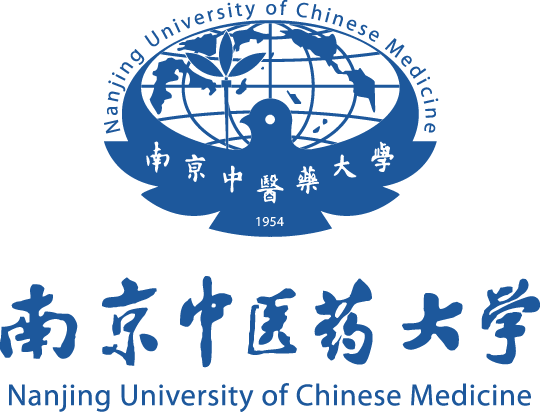






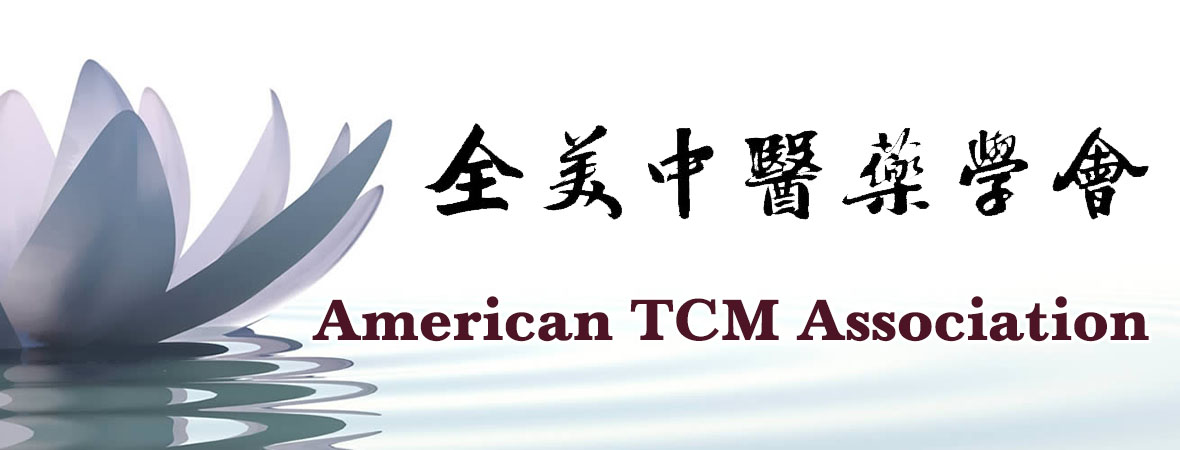
 Hand in Hand
Hand in Hand
 Eat and Drink
Eat and Drink


 Education and Research
Education and Research
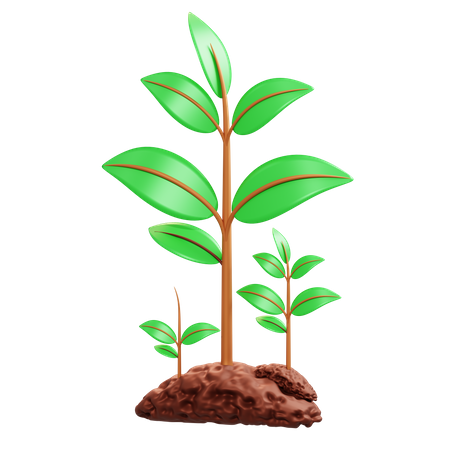 Botany
Botany
 Companies
Companies